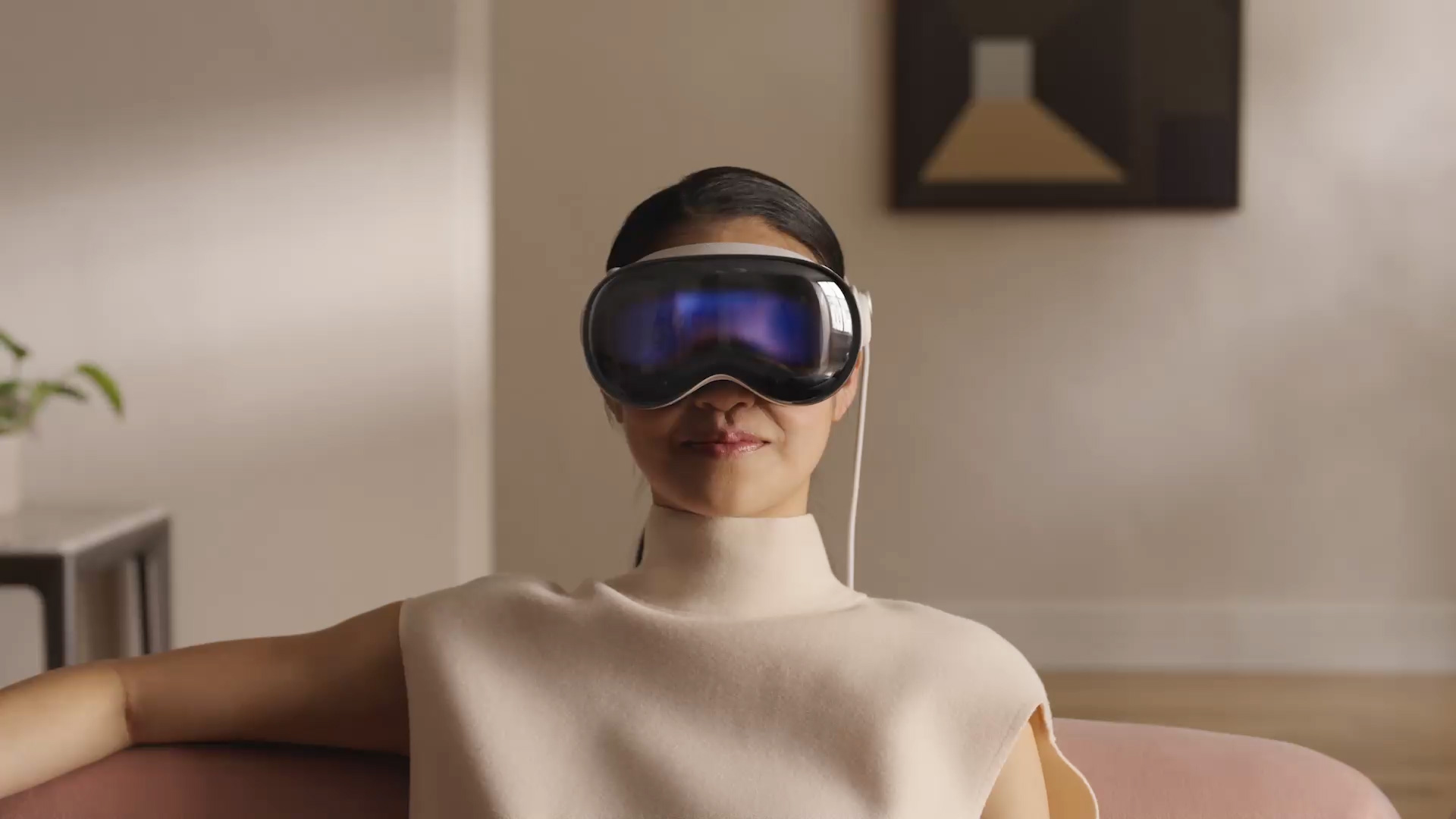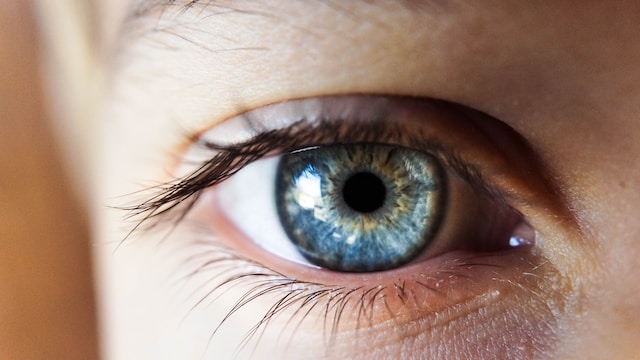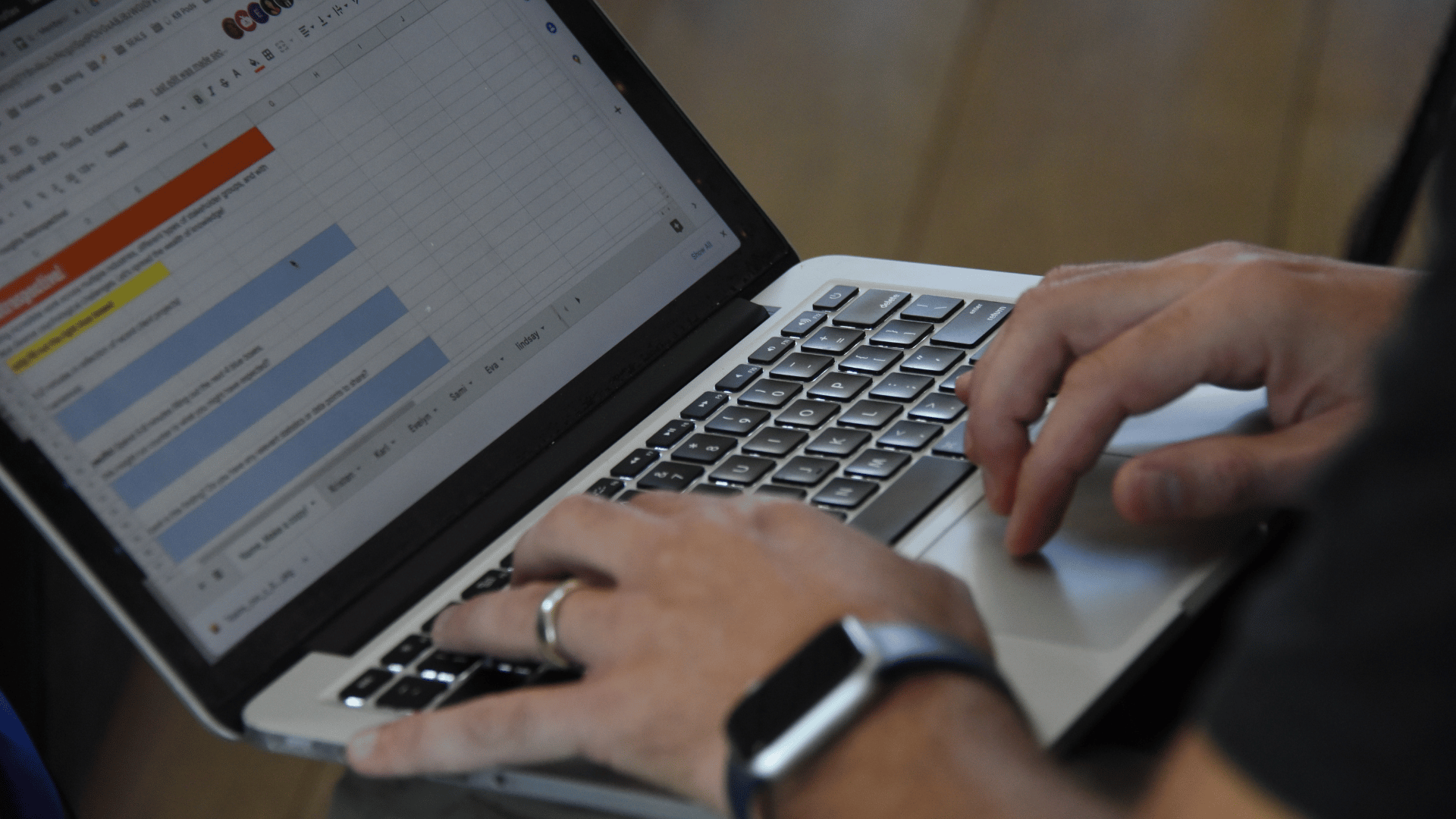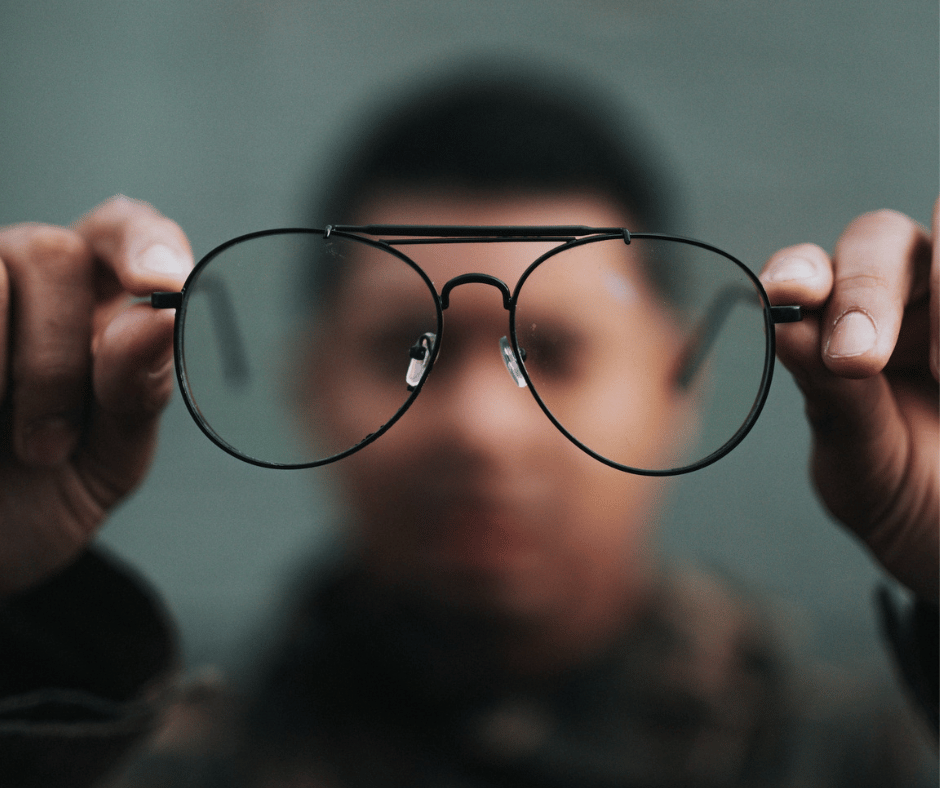‘One more thing,’ said Apple CEO Tim Cook… and then he announced the company’s first major product since 2014: the Vision Pro mixed reality headset that ‘marks the beginning of a new age of computing’ (enter thunderous applause and feverish debate).
Indeed, the product has the potential to (pardon the hyperbole) revolutionize not just computing, but the field of behavioral science. The device’s combination of cameras, eye trackers, LiDAR, audio input, and audio output makes it an incredibly powerful tool for collecting data about human behavior in real-world settings.
As with previous Apple launches, any talk of ‘revolutionizing’ is speculative until consumers can get hands-on (heads-on?) experience with the product and select from a richly stocked marketplace of third-party apps. But given Apple’s track record of introducing niche tech products into the mainstream, could it succeed where Google Glass and numerous others have failed?
Only time will tell. For now, we’re letting our imaginations run wild—and sharing some ways that Vision Pro could be used to advance behavioral science. So strap on your space-age ski goggles and ‘envision’ the future with us!

Just another Apple product? We’re watching this one closely. [Image: © Apple]
1) Qualitative Field Studies That Feel as Real as Life
As behavioral scientists, we often rely on qualitative field studies when exploring how to change behavior in a completely new context (i.e., an area where little previous research is available). During the Covid-19 pandemic, for example, qualitative diary studies proved hugely helpful on our quest to learn how to encourage people to quarantine effectively.
With qualitative research, we can capture a lot of detail about what people are doing (or not doing), their emotions, the environment they are in, and their reflections about their behavior. It’s this richness of information that makes qualitative research so powerful in new contexts: the richer the data we can gather, the richer the insights we can produce.
Where does the Apple Vision Pro come in? Glad you asked! The Vision Pro has a bunch of sensors—including LiDAR, audio input, eye tracking, and a combination of cameras—that make it easy to capture incredibly rich data. Imagine asking research participants to wear a Vision Pro and getting back data about what they saw, what they heard, how close they were to important objects in their environment, and what they were looking at. And there’s more: the Vision Pro also allows you to create 3D video recordings, capturing even richer data that can help behavioral scientists better understand new contexts.
2) Quantifying Attention in the Field
As we all know too well, we live in the era of the ‘attention economy.’ People are busy and have limited attention, so knowing what they are paying attention to (and WHY) is critical to understanding and changing human behavior. Eye-tracking can reliably measure where people focus their attention—but until recently, it could only be accurately conducted in a controlled laboratory setting with expensive equipment in front of a computer. This presented an extreme limitation on our ability to study attention in real-world settings.
But Apple’s Vision Pro has accurate eye-tracking embedded in the headset itself, making it possible to track attention in the field—and opening up new opportunities to understand where people focus their attention in busy, real-world environments. This can help us answer interesting questions like:
- Health:
- When people attend a doctor’s appointment for the first time, what do they pay attention to?
- Do people pay more attention to healthy or unhealthy foods as they go about their daily lives?
- Finance:
- How often are people exposed to advertisements for risky investment assets in their daily lives?
- Where do people focus their attention when making financial budgeting decisions in their home?
3) Observational Studies in the Wild
One of the most important insights from behavioral science is that our environment shapes our behavior. For example: a cafeteria’s layout influences what and how much we eat. Our proximity to a gym influences how much we exercise. And our choice to bike or drive is driven largely by the availability of safe cycling infrastructure (i.e., bicycle lanes).
But how do we know which factors drive our behavior in a given context? The world is a big place, and we all move repeatedly from one environment to another throughout the day. Even within a specific category, like a cafeteria, there’s quite a bit of variation when it comes to design and which objects are (or aren’t) present.
Enter the Apple Vision Pro. This type of device could, with help from machine learning, open new avenues for behavioral scientists to map and catalog various environments and the behaviors they drive. Case in point: the Vision Pro’s built-in LiDAR will allow researchers to capture the size, shape, and proximity of objects. Paired with its built-in cameras and some clever ML and vision algorithms, this means we could—potentially—have people wear a Vision Pro as they go about their daily lives and measure how often they encounter a bicycle lane, or a salad bar, or… you get the idea.
Why is this significant? Because with a deeper understanding of the associations between the environments we inhabit and the behaviors they shape, we can design for a better world that makes us happier, healthier, and wealthier.

Eye Tech? Aye, But You Still Need a Behavioral Scientist to Use the Vision Pro Effectively.
The Vision Pro is a powerful tool, but it won’t be replacing the world’s behavioral scientists—or even our televisions—any time soon. You’ll still need a Kristen Berman (or another experienced, qualified human) to design and interpret your experiments and ensure that any data collected is accurate and reliable.
Placed in the hands of behavioral scientists, however, the Vision Pro may very well open up new possibilities for how we study and understand human behavior. So why, exactly, can’t this $3,500 high-end spatial computing device replace Dan Ariely?
Here’s why:
- Behavioral scientists know what to measure.
All the high-tech devices in the world won’t tell you what to measure–and knowing what to measure? Well, it’s what gives experiments meaning. When using Vision Pro—or designing any study, for that matter—‘what to measure’ is a critical piece of information.
Behavioral scientists are also experts at creating reliable ways to code and quantify real-world behaviors. Imagine you want to measure something like the connection between people, for example. Would it suffice to simply count the number of people the Vision Pro wearer talks to for more than 60 seconds, or should you take it further—to reviewing audio data and coding the topics of conversation covered? Either way could work, depending on which aspect of ‘connection’ you’re trying to measure. And behavioral scientists know this—because they’re experts at mapping measures to meaning.

- Behavioral scientists know how to analyze the data
When using your own product, you should experience it from the perspective of all user segments—especially those that drive growth. For example, most DoorDash employees have likely ordered food as a DoorDash customer. But how many of them lived the experience of food delivery as a Dasher before ‘WeDash’ required them to?
Yes, it’s harder and more time-consuming to be a Dasher. But to gain the most from dogfooding, teams must experience their product from every perspective. For DoorDash, this means experiencing the product as a Dasher. For Starbucks, it might mean working as a barista for the day. You get the idea.
- Behavioral scientists know how to design studies that limit bias and get accurate data.
Behavioral scientists can set up your experiment, field study, or qualitative study to minimize bias and produce accurate data.
To take one example: imagine you’re running a qualitative field study using the Vision Pro to learn more about how people decide what to eat in their daily lives. You want accurate data on the number of calories people consume from each food, so you ask people in your study to eat what they normally would—but make sure to stick to the package’s recommended portion size. Sounds reasonable, right? But did you catch the contradiction? You want to know what people normally eat, but people don’t normally eat the recommended portion size. To reduce the bias that would come from changing people’s natural consumption behaviors, it would be better to review the data manually, code what people ate, and estimate the calories eaten instead.

And there you have it – 3 ‘visions’ for the future of behavioral science in an age of spatial computing. How do you foresee Apple’s Vision Pro impacting the field? Are you interested in using the Vision Pro to advance your research? Here’s our tip: work with a behavioral scientist.
Behavioral scientists can help you design and interpret studies while ensuring that your data is accurate and reliable—with OR without the fancy glasses.
Need help applying behavioral science to improve your product? Get in touch to learn more about our consulting services. Or learn more behavioral science by joining one of our bootcamps.